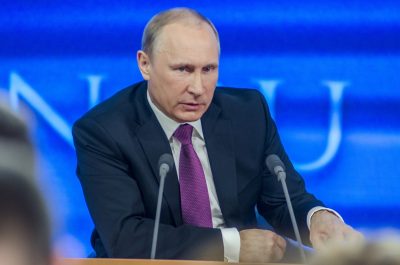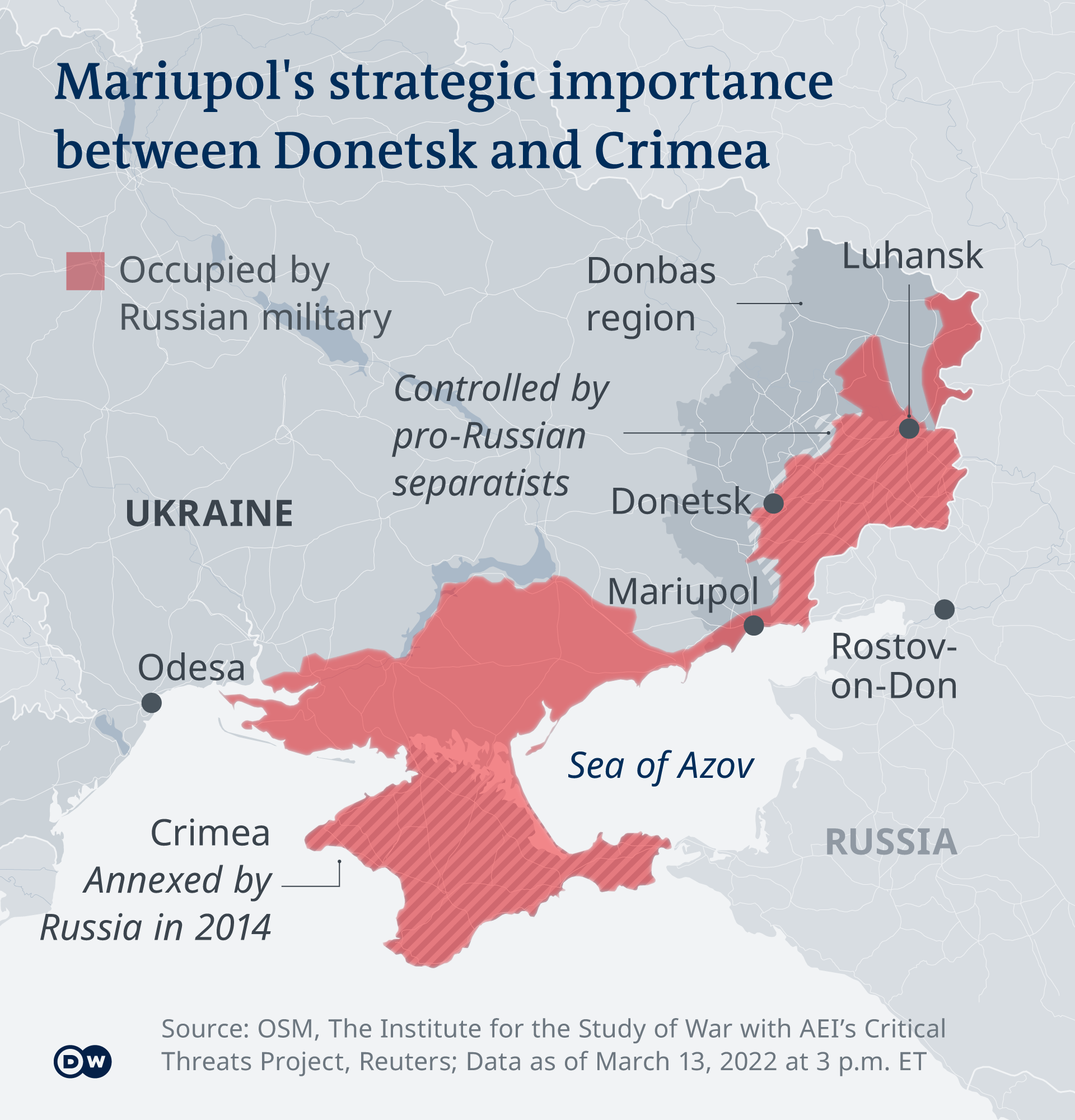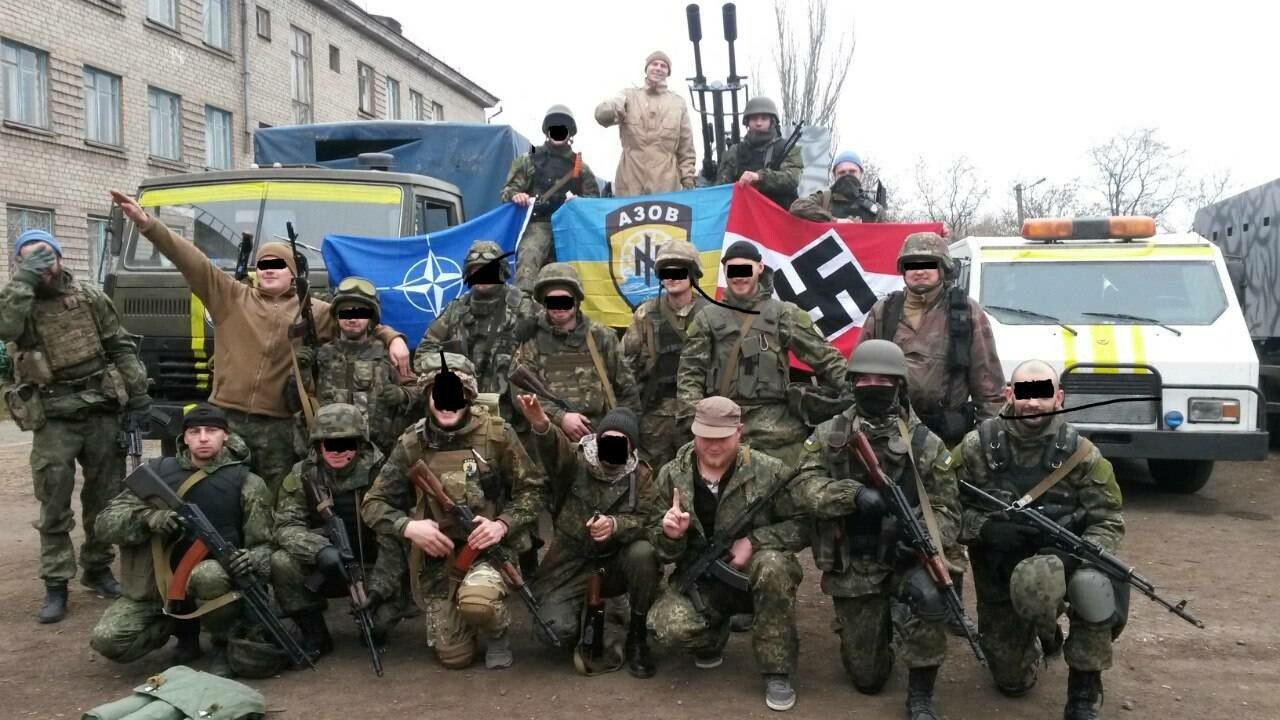Ukraine-Russia War: The Scuttled Istanbul “Peace Initiative”. The Dangers of Escalation

All Global Research articles can be read in 51 languages by activating the “Translate Website” drop down menu on the top banner of our home page (Desktop version).
To receive Global Research’s Daily Newsletter (selected articles), click here.
Visit and follow us on Instagram, Twitter and Facebook. Feel free to repost and share widely Global Research articles.
***
Today, the dangers of military escalation are beyond description.
We must understand the history of the Ukraine crisis and the role of Neo-Nazi mobs which have been supported by US-NATO.
What is now happening in Ukraine has serious geopolitical implications. It could lead us into a World War III Scenario.
It is important that a peace process be initiated with a view to preventing escalation.
Global Research does not support Russia’s invasion of Ukraine. A bilateral Peace Agreement is required.
***
On his first foreign visit to Belarus on Tuesday since Russia’s invasion of Ukraine on Feb. 24, Russian President Vladimir Putin explained during a joint press conference with his Belarusian counterpart Alexander Lukashenko that the time frame of the military offensive in Ukraine was determined by the intensity of hostilities and Russia would act according to its plan.
“I often get these questions, can’t we hurry it up?’ We can. But it depends on the intensity of hostilities and, any way you put it, the intensity of hostilities is directly related to casualties,” said the Russian president. “Our task is to achieve the set goals while minimizing these losses. We will act rhythmically, calmly, and according to the plan that was initially proposed by the General Staff.”
On the fateful day of Feb. 24, in a three-pronged blitz from the north, east and south, Russian ground forces, backed by close air support and volleys of cruise missiles launched by Russian naval forces deployed in the Black Sea, overran Ukraine and laid siege to the capital, Kyiv, whose impending fall in days was predicted even by the mainstream media.
It has become clear now the “40-mile-long Trojan Horse” of battle tanks, armored vehicles and heavy artillery that descended from Belarus in the north and reached the outskirts of Kyiv in the early days of the war without encountering much resistance en route the capital was a decoy designed as a diversionary tactic by Russia’s military strategists in order to deter Ukraine from sending reinforcements to Donbas in east Ukraine where real battles for territory were actually fought and scramble to defend the country’s capital instead.
Except in the early days of the military campaign when Russian airstrikes and long-range artillery shelling targeted military infrastructure in the outskirts of Kyiv to degrade the combat potential of Ukraine’s armed forces, the capital did not witness much action during the month-long offensive.
Despite having immense firepower at its disposal, the Russian advance in Ukraine was slower than expected according to most estimates. This is what Putin explained at a press conference in Belarus Tuesday that “the time frame of the military offensive in Ukraine is determined by the intensity of hostilities,” but “the intensity of hostilities is directly related to the number of casualties,” and, according to Putin “Russia’s task is to achieve the set goals while minimizing the losses.”
Russia chose not capture Kyiev
The bombardment of the densely populated Ukrainian capital and the ensuing urban warfare against heavily armed Ukrainian militias supported by US-NATO would inevitably have caused thousands of needless civilian casualties. Therefore, the Russians decided to spare the rest of the embattled country and restricted the Russian military offensive on liberating the Russian-majority Donbas region in east Ukraine.
Putin reiterated that Russia’s actions in several regions of Ukraine, implying diversionary tactics deployed by Russian forces in Kyiv and Chernihiv in the north, were intended only “to tie down enemy forces” and carry out missile strikes with the purpose of “destroying the Ukrainian military’s infrastructure,” so as to “create conditions for more active operations on the territory of Donbas.”
In a momentous announcement on March 29, Russian Deputy Defense Minister Alexander Fomin, leading the Russian peace delegation in Istanbul talks, told reporters:
“In order to increase mutual trust and create the necessary conditions for further negotiations and achieving the ultimate goal of agreeing and signing an agreement, a decision was made to radically, by a large margin, reduce military activity in the Kyiv and Chernihiv directions.”
Russia’s strategy consisted in scaling back its blitz north of the capital, while focusing instead on liberating the Russian-majority Donbas region in east Ukraine.
Russia has already accomplished its strategic objectives in Ukraine, as the Crimean Peninsula and the Donbas region are now de facto independent territories where Russian forces have been deployed.
Since the withdrawal of Russian forces from north Ukraine, although NATO’s policymakers are predicting “a major new Russian offensive in east Ukraine” in order to hype the threat, Russia now intends only to consolidate its territorial gains achieved in the Donbas region in the month-long blitz.

On April 13, 2022, Russian forces announced the “liberation” of the strategically significant port city Mariupol, the second-largest city in the Donetsk Oblast in east Ukraine and the hub of CIA-trained neo-Nazi militias.
The Azov Batallion
Ukraine’s infamous Azov Battalion, widely acknowledged as a neo-Nazi paramilitary force connected with foreign white supremacist organizations, was initially formed as a volunteer group in May 2014 out of the ultra-nationalist Patriots of Ukraine gang, and the neo-Nazi Social National Assembly (SNA) group.
As a battalion, the group fought on the frontlines against pro-Russia separatists in Donbas, the eastern region of Ukraine, and rose to prominence after recapturing the strategic port city of Mariupol from the Russia-backed separatists.
The militant outfit was officially integrated into the National Guard of Ukraine on November 12, 2014, and exacted high praise from then-President Petro Poroshenko. “These are our best warriors,” he said at an awards ceremony in 2014. “Our best volunteers.”
In June 2015, both Canada and the United States announced they would not support or train the Azov regiment, citing its neo-Nazi connections. The following year, however, the US lifted the ban under pressure from the Pentagon, and the CIA initiated the clandestine program to nurture ultra-nationalist militias in east Ukraine in order to mount a war of attrition against Russia.
Mariupol: Surrender of Ukraine’s Marine Brigade
In one of the most critical battles of the Russo-Ukraine War, Russia’s defense ministry claimed Wednesday 1,026 soldiers from Ukraine’s 36th Marine Brigade, including 162 officers, holed up in the Azovstal industrial district, the lynchpin dividing Russian-held areas to the west and east of the city, had “voluntarily laid down their arms” and surrendered the last bastion of militancy in Mariupol to Russian forces.
Mariupol’s capture would help Russia secure a land corridor between the Donetsk and Luhansk republics in Donbas and Crimea, which Moscow annexed in 2014, following the Maidan coup toppling pro-Russia Ukrainian President Viktor Yanukovych.
The Guardian reported on April 13:
“Military experts say local support, logistics, the terrain in the region and the appointment by Moscow of a new senior general, Aleksandr Dvornikov [a decorated war hero and the former commander of Russian forces in Syria] as overall commander of Russian forces in Ukraine, could improve the performance of a force that Britain’s defense ministry said on Wednesday had so far been hampered by an inability to cohere and coordinate.”
Local support of the native population to the Russian forces in the Russian-majority region is the key element here, that even the mainstream media unwittingly acknowledged, as ethnic Russians in east Ukraine, relentlessly persecuted for eight long years by Ukraine’s security forces and allied neo-Nazi militias, have by and large welcomed Russian troops in Donbas.
The Dangers of Escalation
Whereas Russia’s military campaign north of the capital has been curtailed, NATO powers have announced transferring heavy weapons, including tanks, armored personnel carriers, artillery and even helicopters, to Ukraine to escalate the conflict.
Testifying before the Senate Armed Services Committee on April 7, Chairman of the Joint Chiefs Gen. Mark Milley revealed that US and NATO countries have collectively provided roughly 60,000 anti-tank weapons and 25,000 anti-aircraft weapons during NATO’s “weapons for peace” program to Ukraine since Russia’s invasion on Feb. 24.
The Biden administration announced an additional $800 million in military assistance to Ukraine on Wednesday. The package, which brings the total military aid since Russian forces invaded in February to more than $2.5 billion, includes artillery systems, artillery rounds, armored personnel carriers and unmanned coastal defense boats.
The new package includes 11 Mi-17 helicopters that had been earmarked for Afghanistan before the US-backed government collapsed last year. It also includes 18 155mm howitzers, along with 40,000 artillery rounds, 10 counter-artillery radars, 200 armored personnel carriers, 500 Javelin anti-tank missiles, and 300 additional Switchblade drones.
The new military assistance package to Ukraine will be funded using Presidential Drawdown Authority, or PDA, in which the president can authorize the transfer of articles and services from US stocks without congressional approval in response to an emergency.
As news of the latest security assistance came out, executives from the top US weapons-makers met with Pentagon officials to expedite NATO’s “weapons for peace” program in Ukraine. These included executives from BAE Systems, General Dynamics, Lockheed Martin, Huntington Ingalls Industries, Harris Technologies, Boeing, Raytheon Technologies and Northrop Grumman.
But in a significantly escalatory move, virtually scuttling the Istanbul Russia-Ukraine peace initiative on March 29 and the subsequent withdrawal of Russian forces from the outskirts of Kiev, Ukraine’s Operational Command South announced Thursday that it had hit a Russian warship with a “Ukrainian-made Neptune anti-ship missile” off the coast of Odessa in southeast Ukraine and that it had started to sink.
“In the Black Sea operational zone, Neptune anti-ship cruise missiles hit the cruiser Moskva, the flagship of the Russian Black Sea Fleet—it received significant damage,” the Ukrainian statement said. “A fire broke out. Other units of the ship’s group tried to help, but a storm and a powerful explosion of ammunition overturned the cruiser and it began to sink.”
Russia’s defense ministry claimed the “accidental fire” on the Soviet-era guided-missile cruiser Moskva had been contained, but left the ship badly damaged, though it “remains afloat” and measures were being taken to tow it to port. The ministry said the crew had been safely evacuated to other Black Sea Fleet ships in the area.
Russian news agencies said the 611-foot-long (186 meters) Moskva, with a crew of almost 500, was commissioned in 1983 and refurbished in 1998. The Moskva was armed with a range of anti-ship and anti-aircraft missiles as well as torpedoes and naval guns and close-in missile defense systems, including 16 anti-ship Vulkan cruise missiles with a range of at least 700 km (440 miles).
Although Ukraine claimed the Russian warship was struck by a “Ukrainian-made Neptune anti-ship missile,” developed domestically based on the Soviet KH-35 cruise missile that became operational in the Ukrainian naval forces just last year, Politico reported on March 16 that Kyiv had specifically demanded “long-range anti-ship missiles” from Washington, and the Russian guided-missile cruiser was most likely destroyed by long-range anti-ship missiles provided to Ukraine by the United States.
“A Western diplomat familiar with Ukraine’s requests said Kyiv specifically has asked the US and allies for more Stingers and Starstreak man-portable air-defense systems, Javelins and other anti-tank weapons, ground-based mobile air-defense systems, armed drones, long-range anti-ship missiles, off-the-shelf electronic warfare capabilities, and satellite navigation and communications jamming equipment.”
In response to escalation of hostilities by Ukraine and its international backers, despite the Ukraine-Russia peace negotiations initiative announced at the Istanbul talks on March 29, Russian Ministry of Defense spokesperson Maj. Gen. Igor Konashenkov warned in a statement:
“We see attempts of sabotage and strikes by Ukrainian troops on objects on the territory of the Russian Federation. If such cases continue, the Armed Forces of the Russian Federation will strike at decision-making centers, including in Kyiv, from which the Russian army has thus far refrained.”
During the course of the war, Russia has struck military targets in regions as far away as cities in west Ukraine bordering Poland. On March 13, Russian forces launched a missile attack at Yavoriv Combat Training Center in the western most part of the country.
The military facility, less than 25 km from the Polish border, is one of Ukraine’s biggest and the largest in the western part of the country. Since 2015, US Green Berets and National Guard troops had been training Ukrainian forces at the Yavoriv center before they were evacuated alongside diplomatic staff in mid-February.
The training center was hit by a barrage of 30 cruise missiles, killing at least 35 people, though Russia’s defense ministry claimed up to 180 foreign mercenaries and large caches of weapons were destroyed at the training center.
*
Note to readers: Please click the share buttons above or below. Follow us on Instagram, Twitter and Facebook. Feel free to repost and share widely Global Research articles.
Nauman Sadiq is an Islamabad-based geopolitical and national security analyst focused on geo-strategic affairs and hybrid warfare in the Middle East and Eurasia regions. His domains of expertise include neocolonialism, military-industrial complex and petro-imperialism. He is a regular contributor to Global Research.
Featured image is from Notes from the Twilight Zone



